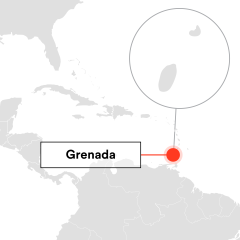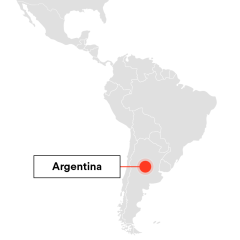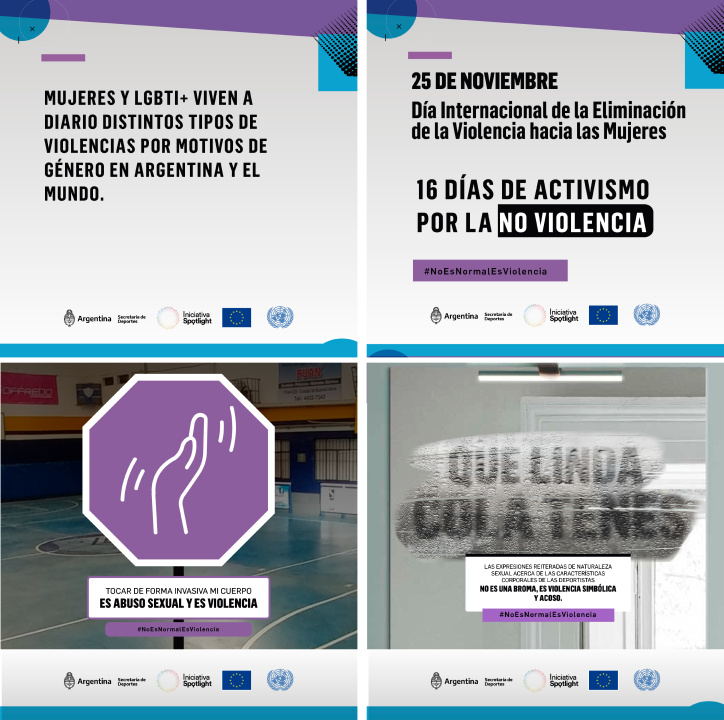Design an EVAWG campaign

Design an EVAWG campaign
Case Studies

In 2020, Spotlight Initiative supported a National Parenting Programme in Grenada with a campaign called “Step Up Your Parenting Game”. This campaign targeted men and women who were parents and guardians. The focus of the messaging was on improving parenting approaches for the benefits of their children. This campaign included a number of sub-messages including:
- “No matter who, no matter, what, there is no excuse for abuse”
- “Children need their fathers: they need love, support and encouragement”
- “Feeling stressed? Check your B.E.T. (body, environment, thoughts)”
- “Communicate with your child - Listen to your child”
Spotlight Initiative took two approaches to sharing these messages. The first approach focused on sharing these messages over the radio during prime time. The second involved recruiting twenty bus owners and drivers to have these messages put on the sides of their buses. Bus drivers were chosen from different bus routes, including rural routes, to maximise the reach of messaging. Bus drivers were required to keep their buses wrapped with these messages for at least six months. An estimated 15,000 people throughout Grenada read at least one message on a bus over this period. In total, an estimated 25,000 people were reached during this campaign.
In 2022, Spotlight Initiative supported another national parenting campaign to end family violence called “Be a STAR” (Stop, Take a deep breath, And Relax). This campaign was developed in partnership with the Caribbean Centre for Child Neurodevelopment and the academic institution WINDREF. It produced four short videos depicting people in different situations where they could Stop, Take a deep breath, And Relax, encouraging parents to control their anger in challenging situations. The campaign also developed a jingle that shared the same message.
Pre-and post-campaign assessments were conducted to support learning and development. The post-campaign assessments showed that 74% of respondents considered VAWG a big problem in Grenada, with 70% considering violence against children a big problem. The respondents recommended that future violence prevention campaigns should target social media and involve more community outreach including in schools and homes, with law enforcement and with government. They recommended that campaigns should include guidance on what response services are available and how to access them, as well as what to do if they witness VAWG. The assessment also highlighted that campaigns should be careful to choose a name or catchphrase that is unique. In this instance, the acronym of the campaign, “STAR”, was also the name of a local beverage which the public was already more familiar with.



In 2021, Spotlight Initiative partnered with the National Sports Secretariat in Argentina to launch the #NoEsNormalEsViolencia (It’s Not Normal, It’s Violence) campaign. This campaign aimed to end derogatory comments, ridicule, sexual harassment, and sexist expressions that belittle women and LGBTQI+ people, deepen inequalities and constitute forms of VAWG.
They developed a set of campaign materials, including posters, signs and pamphlets of varying sizes that were designed to go in different areas of sports clubs. For example, some materials were designed to go in the bathrooms, some on the sports fields, and some in conference rooms. Sports Clubs could customize these campaign materials with their club shield and download them from an online application. They also developed social media content for clubs to share across their social media channels. This social media content was linked to the 16 Days of Activism and shared over this period to improve reach and engagement.








